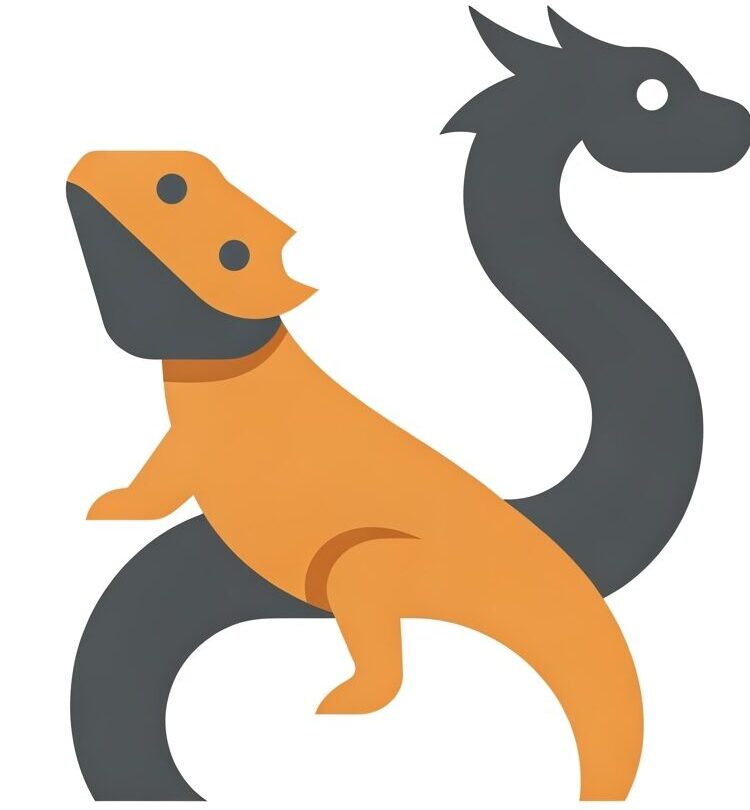Can Leopard Geckos Safely Eat Mealworms? A Complete Guide
Leopard Geckos make fantastic pets, and ensuring they receive a balanced and nutritious diet is crucial for their health and longevity. This article will explore whether mealworms are a safe and appropriate food source for your Leopard Gecko.
The Short Answer (Are Mealworms Safe?)
Yes, Leopard Geckos can eat mealworms, but they shouldn’t be the only food source. Mealworms are safe in moderation as part of a varied diet. Over-reliance on mealworms can lead to nutritional deficiencies.
Nutritional Value / Potential Risks
Mealworms do offer some nutritional value. They contain protein and some fat, which Leopard Geckos need. However, they have a less than ideal calcium-to-phosphorus ratio. They also have a relatively high chitin content (the exoskeleton), which can be harder for Leopard Geckos to digest, potentially leading to impaction if mealworms are offered too frequently or in large quantities, especially to younger geckos.
- Calcium-Phosphorus Ratio: An ideal ratio for Leopard Geckos is at least 2:1 calcium to phosphorus. Mealworms typically have a lower ratio, meaning they have more phosphorus than calcium. This can lead to metabolic bone disease (MBD) if not addressed through supplementation.
- Chitin: The exoskeleton can be difficult to digest. While not inherently toxic, excessive chitin can increase the risk of impaction.
- Fat Content: While Leopard Geckos need some fat, mealworms are relatively high in fat compared to other feeder insects like crickets or dubia roaches. An excessively fatty diet can contribute to obesity and related health problems.
How to Feed
Mealworms can be offered as part of a varied diet, but they shouldn’t be the staple food. Here’s how to feed them safely:
- Gut-Loading: Before feeding mealworms to your Leopard Gecko, gut-load them. This means feeding the mealworms nutritious foods like carrots, sweet potatoes, or commercial gut-loading diets for at least 24 hours before offering them to your gecko. This increases the nutritional value of the mealworms.
- Dusting with Calcium: Dust the mealworms with a calcium supplement with D3 before feeding. This is vital to balance the calcium-phosphorus ratio and prevent metabolic bone disease. You can also use a multivitamin supplement periodically.
- Portion Size and Frequency: Offer mealworms as only a small portion of the overall diet. For example, offer a few mealworms alongside other insects like crickets or dubia roaches two to three times a week, but not at every feeding.
- Mealworm Size: Choose mealworms that are appropriately sized for your Leopard Gecko. They should be no larger than the space between your gecko’s eyes.
- Offer in a dish: Avoid loose mealworms in the enclosure. They can burrow and hide, leading to frustration for your gecko. A smooth-sided dish is ideal.
Important Considerations / Warnings
- Variety is Key: The best way to ensure your Leopard Gecko gets a balanced diet is to offer a variety of insects. Crickets, dubia roaches, black soldier fly larvae (calciworms), and occasional waxworms (as a treat) are good alternatives.
- Monitor for Impaction: Watch for signs of impaction, such as lethargy, loss of appetite, and difficulty defecating. If you suspect impaction, consult a veterinarian immediately.
- Supplementation is Crucial: Because mealworms aren’t nutritionally complete, calcium and vitamin supplementation is essential.
- Avoid Superworms as a Staple: While technically a type of mealworm, superworms are even higher in fat and chitin than regular mealworms and should be offered even more sparingly, if at all.
Conclusion
While Leopard Geckos can eat mealworms, they are best offered in moderation as part of a diverse diet that includes other feeder insects. By gut-loading, dusting with supplements, and providing a varied diet, you can ensure your Leopard Gecko receives the necessary nutrients to thrive. Always prioritize a species-appropriate diet and consult with a veterinarian or experienced reptile keeper for personalized advice.
